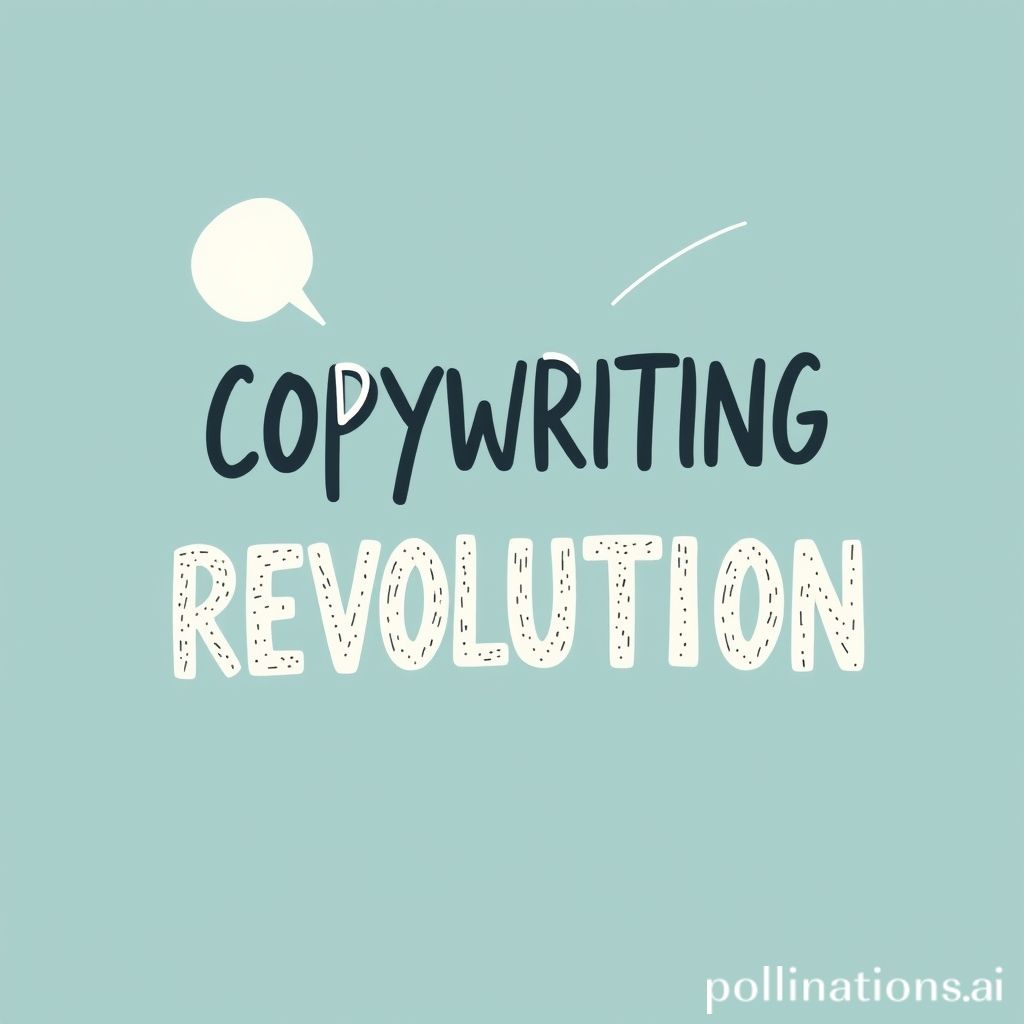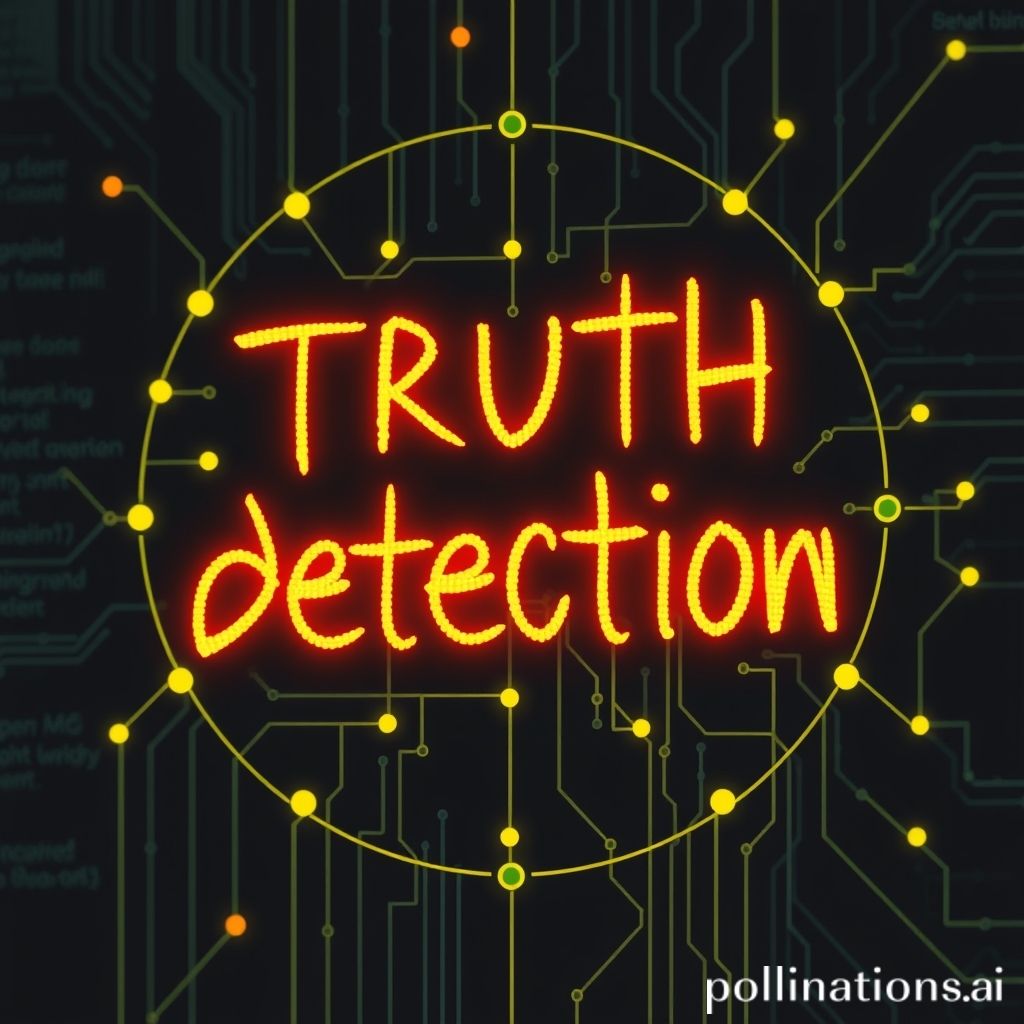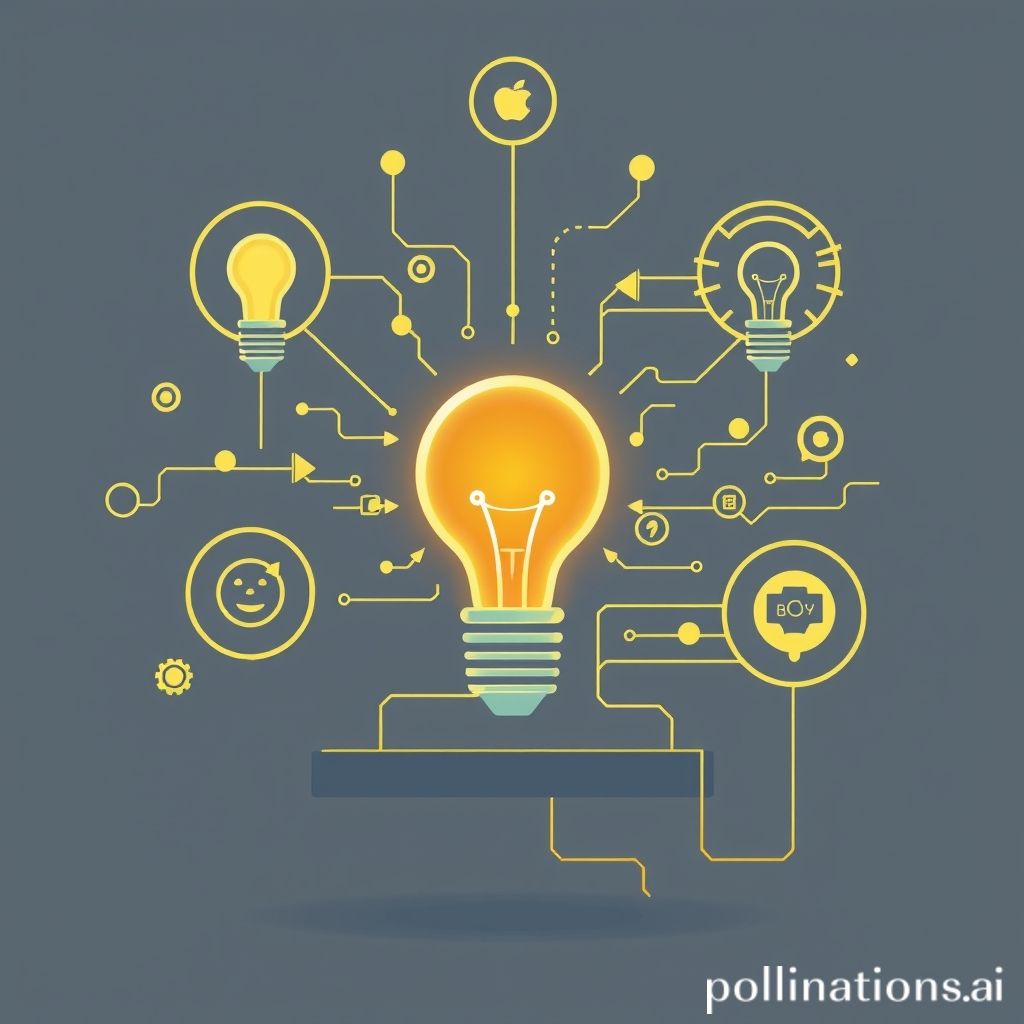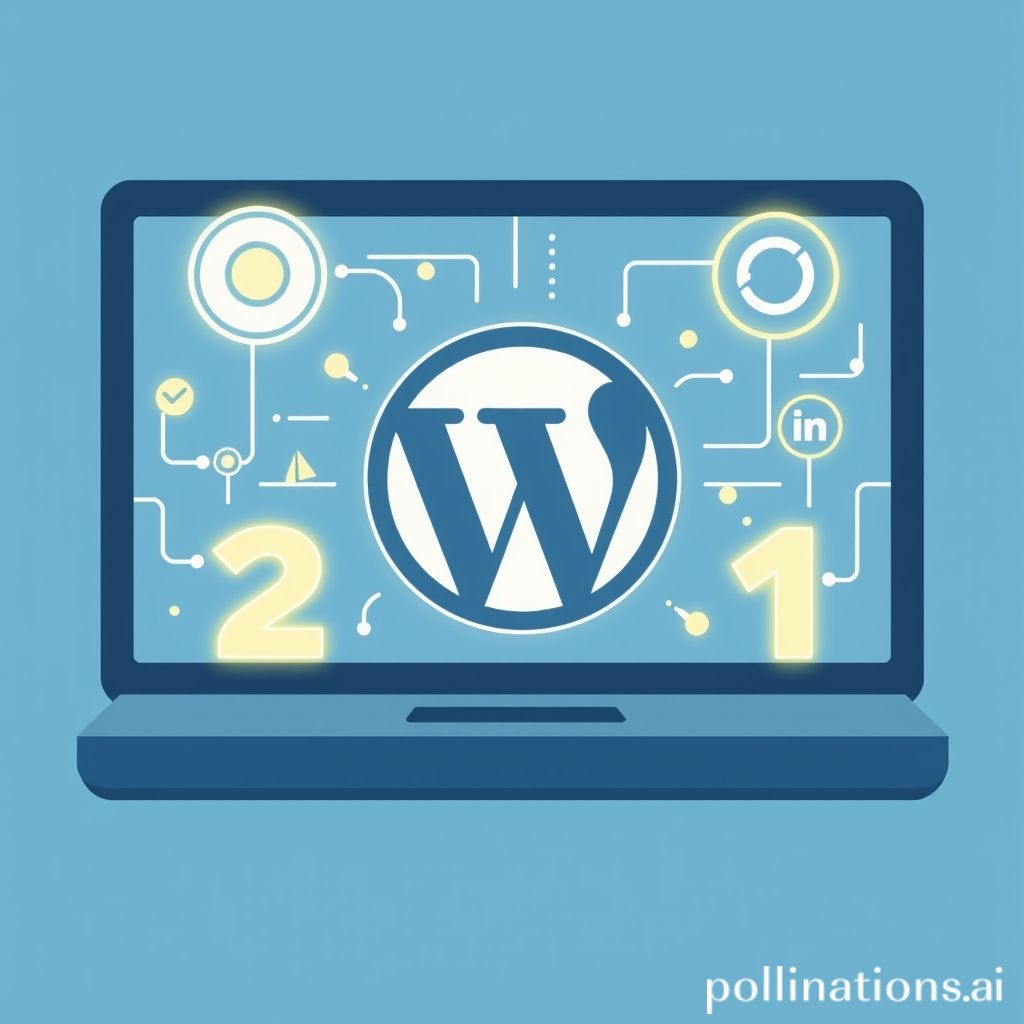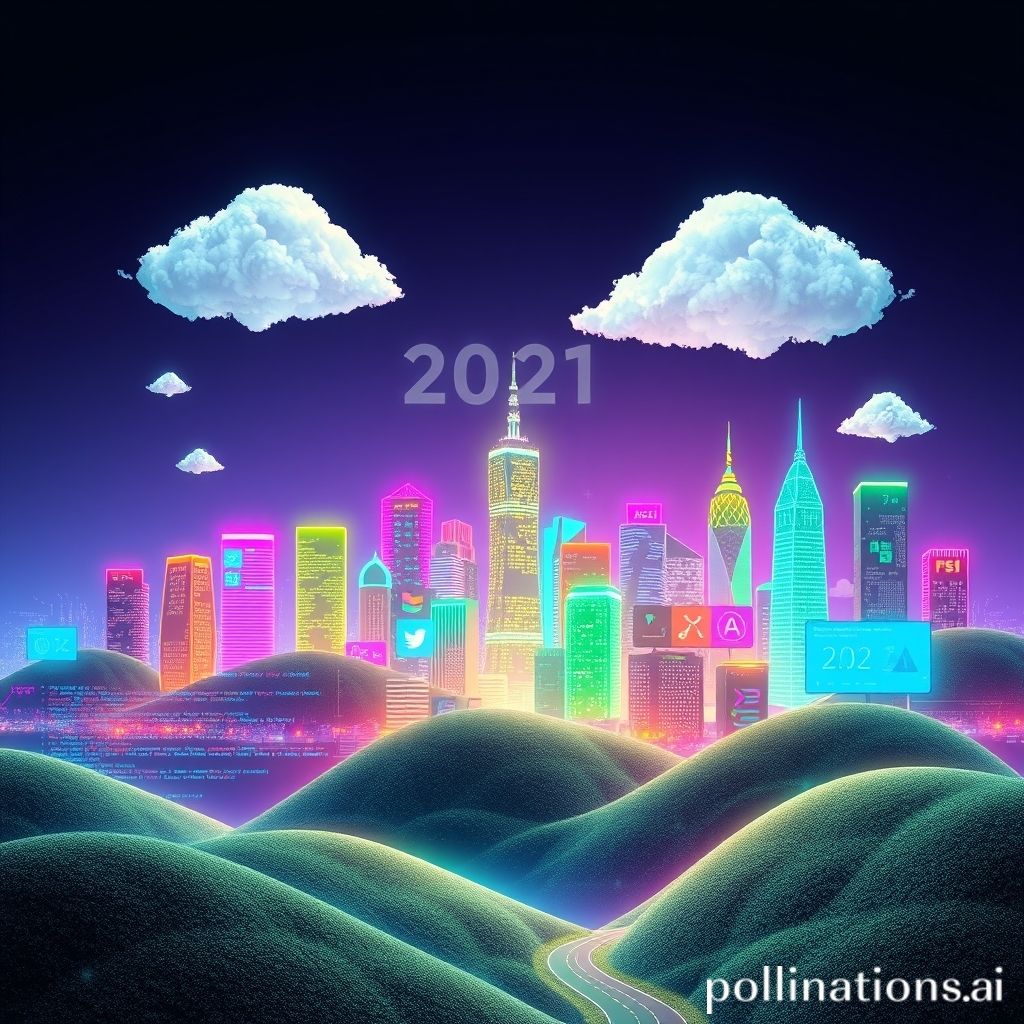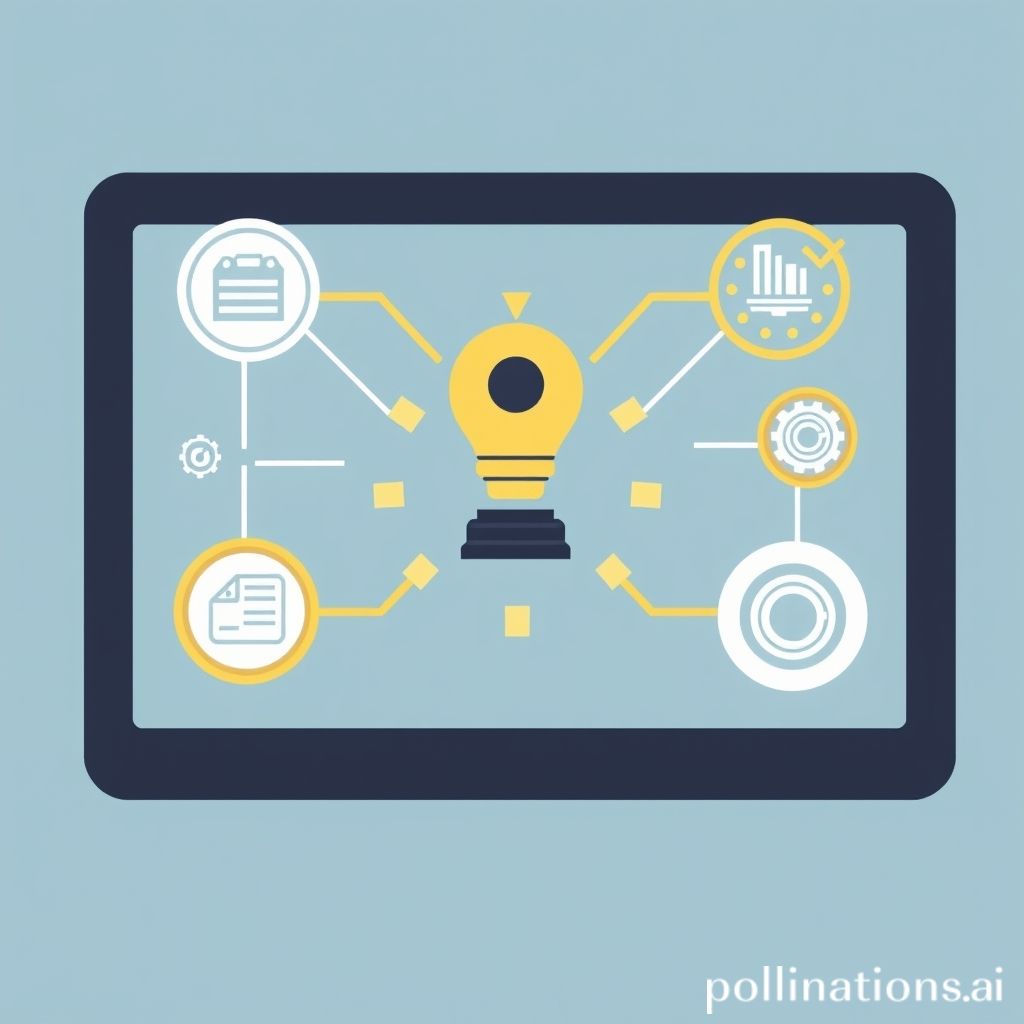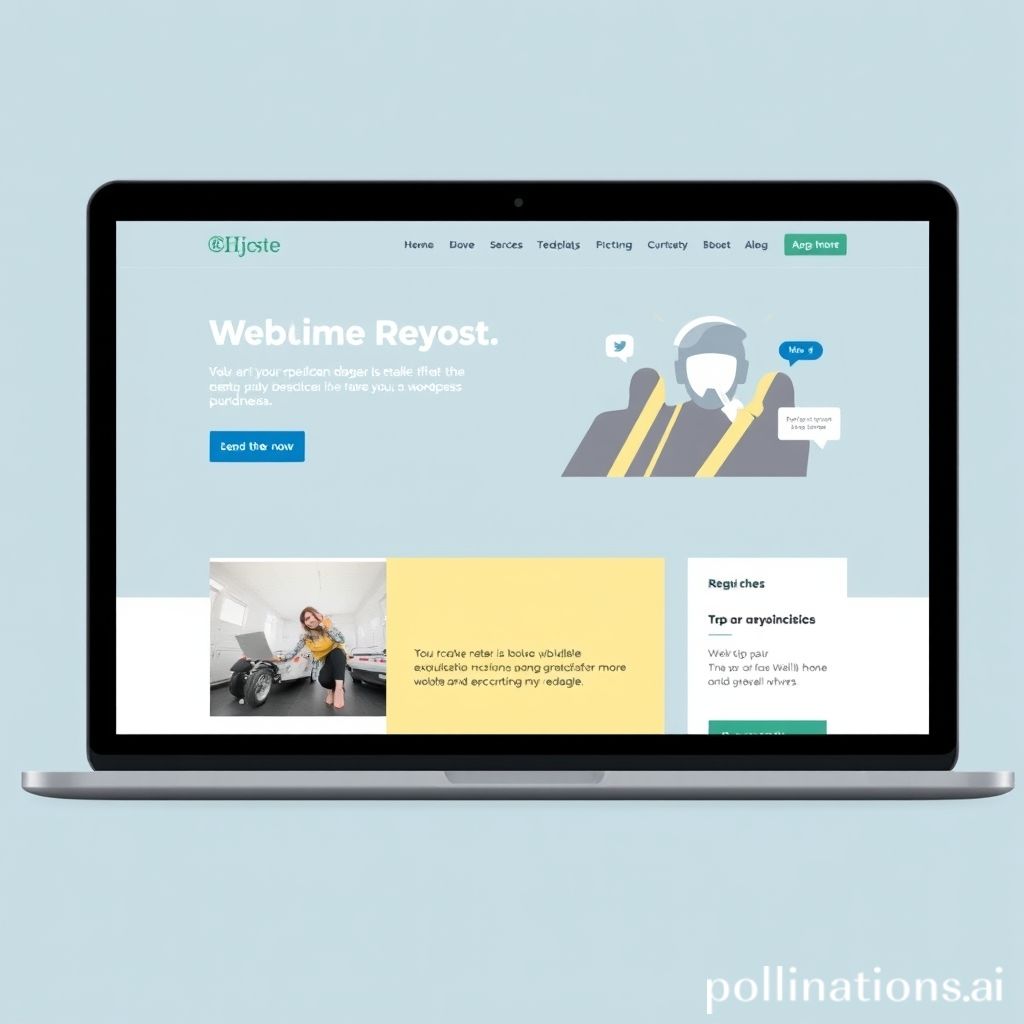Table of Contents
- Introduction
- Exploring the role of AI in copywriting
- The evolution of AI-powered tools in content creation
- Benefits and limitations of AI content generators
- Impact of AI on automated workflows and content optimization
- The future of AI-powered copywriting
- Conclusion
- Frequently Asked Questions
Introduction
Imagine a world where machines can weave words together with the finesse of a seasoned copywriter. Enter the era of the Copywriting Revolution, where Artificial Intelligence (AI) is challenging the very essence of human creativity. Can AI truly outwrite humans?
As businesses and marketers strive to capture the attention of their audiences in an increasingly digital landscape, the capabilities of AI in generating compelling content are being put to the test. With algorithms analyzing vast amounts of data to tailor messages to individual preferences, the lines between man and machine blur.
Join us as we delve into this intriguing debate, exploring the possibilities and limitations of AI in the realm of copywriting. From crafting catchy slogans to engaging storytelling, the battleground is set. Will AI emerge as the victor, or is there a unique spark of creativity that only the human mind can ignite? Let the battle of words begin!
Exploring the role of AI in copywriting
Ever wondered about the rise of the machines? Well, hold onto your hats, because it seems like AI is stirring things up even in the world of copywriting. Picture this: a digital brain crunching numbers and cooking up words faster than you can say ‘copycat.’ It’s like having a robot sidekick in the writing game, but will it steal the spotlight?
Now, let me paint you a scene straight out of a sci-fi flick. You’re tapping away at your keyboard, brainstorming the perfect tagline, and suddenly, AI swoops in with its lightning-fast algorithms and spits out a headline that hits the mark. Sounds futuristic, right? But here’s the twist – can AI capture the essence of human emotions, humor, and creativity? It’s a tale as old as time, the clash between man and machine, with words as their battlefield.
Some folks are cheering on AI, claiming it’s a game-changer, while others are shaking in their boots, worrying about losing that human touch. Will AI rule the copywriting kingdom, or will the artists with their pens and paper stand the test of time? Only time will tell, my friends. Strap in, it’s gonna be a wild ride.
The evolution of AI-powered tools in content creation
Let me take you on a journey through the wild world of AI-powered tools in content creation. Imagine a time when writers were typing away at their keyboards, trying to capture the essence of a brand or tell a compelling story. Along came AI, waltzing in like a mysterious stranger in a dimly lit café, offering its services to make the writing process smoother and faster. At first, some folks were skeptical, thinking, ‘Can a machine really capture the heart and soul of a message?’ But lo and behold, these AI tools started churning out content that was not only accurate but also engaging.
It was like watching a magic show, with AI pulling rabbits out of hats and making words dance on the screen. Writers soon found themselves collaborating with these digital assistants, forming a tag team that could rival any dynamic duo. The tools learned from the writers, adapting and evolving with each keystroke. Before you knew it, AI was seamlessly integrated into the world of copywriting, shaping the way we create content today.
Benefits and limitations of AI content generators
Well, picture this: you’re a busy bee, always on the go, hustling and bustling through life. Suddenly, you hear about AI content generators that promise to whip up engaging copy in a jiffy. Sounds like a dream come true, right? Well, here’s the scoop – AI tools do bring some sweet perks to the table. They can churn out content faster than you can say ‘Jack Robinson’, saving you oodles of time and effort. Plus, they’re as sharp as a tack when it comes to spotting typos and grammar glitches, making sure your writing is as clean as a whistle.
However, before you jump on the AI bandwagon, heed this cautionary tale. These digital wizards, while mighty clever, can sometimes miss the mark when it comes to capturing that human touch. After all, there’s more to writing than just words on a page; it’s about striking a chord with your audience, painting a vivid picture, and stirring up emotions like a pot of bubbling soup.
So, while AI can be a handy sidekick in your writing adventures, don’t forget the magic that lies within your own pen. As they say, the proof is in the pudding!
Impact of AI on automated workflows and content optimization
Imagine this: you’re a savvy copywriter, crafting words like a master chef creating a recipe. But then, here comes AI, swooping in like a superhero with its lightning-fast algorithms and data-crunching power.
AI, a real game-changer in the world of automated workflows, can analyze mountains of data quicker than you can say ‘Jack Robinson.’ It’s like having a super secretary who not only remembers everything but can also predict what you need even before you ask.
With AI on the scene, tasks like content optimization become a walk in the park. It’s like having a trusty sidekick who whispers in your ear, guiding you to the pot of gold at the end of the rainbow.
But hey, let’s not jump the gun. As impressive as AI is, it’s not all rainbows and butterflies. There’s a hint of irony in the air, a subtle reminder that while AI can streamline workflows, nothing beats the human touch, the spark of creativity that sets your work apart.
The future of AI-powered copywriting
In the fast-paced world we find ourselves in, AI seems to be knocking at every door. Can AI take over copywriting? The answer might surprise you. As we dive deeper into this digital ocean, it’s hard not to notice the waves of change AI brings. Picture this: a world where machines craft compelling narratives, spinning words with the finesse of a skilled artisan. Sounds futuristic, right? But hold your horses, we’re not living in a sci-fi movie just yet.
While AI has made strides in generating content, the human touch remains a crucial ingredient in the copywriting cauldron. Imagine a world without the wit, charm, and flair that only human creativity can bring. It’s like having a car with no engine – sure, it looks nice, but it’s not going anywhere fast.
So, as we journey into the unknown, let’s remember that AI can assist, but the soul of writing lies within us humans. After all, can a robot truly capture the essence of humor, passion, or even heartbreak in its words? Let’s keep our pens poised and hearts open, for the future of AI-powered copywriting is a tale yet to unfold.
Conclusion
In the rapidly evolving landscape of copywriting, the advent of AI-powered tools has revolutionized content creation. While AI can enhance efficiency and accuracy, the human touch remains irreplaceable in crafting compelling narratives. Those who leverage advanced tools like WPHorde (Link: WPHorde) stand to gain a competitive edge and stay ahead in the game. Embracing innovation is crucial to thrive in the digital era, ensuring that your content resonates with audiences on a deeper level. Take the leap towards integrating cutting-edge technology into your workflow with WPHorde today!

